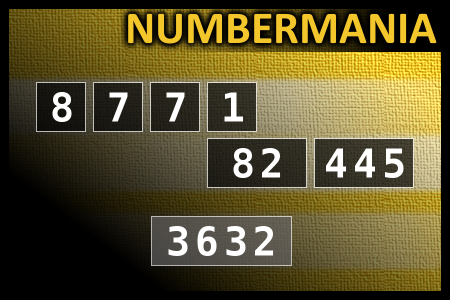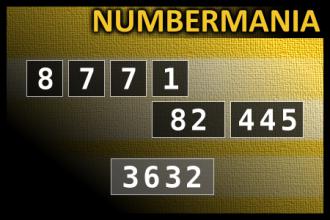Calculate the number 3632
NUMBERMANIA: Calculate the number 3632 using numbers [8, 7, 7, 1, 82, 445] and basic arithmetic operations (+, -, *, /). Each of the numbers can be used only once.
The september 5 ...
The September 5 is National Be Late for Something Day! This holiday aims to promote the more positive aspects of procrastination. Find some jokes to celebrate it!
Late for date joke
After waiting more than an hour and a half for her date, Melissa decided she had been stood up. She changed from her best dinner dress into her pyjamas and slippers, fixed herself snack and resigned herself to an evening of TV. No sooner had she flopped down in front of the TV than her doorbell rang. There stood her date.
He took one look at her and gasped, "I'm two hours late ... and you're still not ready?"
Late for Work joke
Mark had this problem of getting up late in the morning and was always late for work. After a few weeks of this, Mr Johnson, his boss, called him in and threatened to fire him if he didn't do something about it.
So Mark went to his doctor, who gave him a pill and told him to take it before he went to bed. He got a great night's sleep and actually beat the alarm in the morning. After a leisurely breakfast, he cheerfully drove to work.
"Mr Johnson," he said, "The pill my doctor subscribed me actually worked!"
"That's all fine," said his boss,
"But where were you yesterday?"
Few short "late" jokes
TEACHER: Young man, you've been late for school five days this week. Does that make you happy?
PUPIL: Sure does. That means it's Friday.
Why did the belt go to jail?
It was holding up a pair of pants and made them late!
What do you call a person who's always late to the bank?
Slow interest.
What did Yoda say during his toilet break while being late for a meeting?
Time for this shit, I do not have.
Me: Sorry for being late, I was having some computer issues.
Boss: Hard drive?
Me: No, the commute was fine. It was my laptop.
What did the guy who got fired for always being late say?
It was just a matter of time.

